This is from the US Navy Dive Manual.
Attachments
-
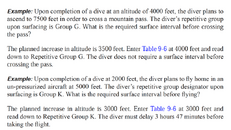 Screenshot 2023-05-25 at 10.08.43 AM.png278 KB · Views: 79
Screenshot 2023-05-25 at 10.08.43 AM.png278 KB · Views: 79 -
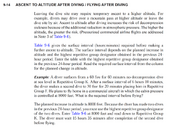 Screenshot 2023-05-25 at 10.08.33 AM.png378.5 KB · Views: 83
Screenshot 2023-05-25 at 10.08.33 AM.png378.5 KB · Views: 83 -
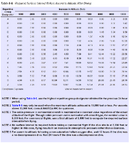 Screenshot 2023-05-25 at 10.07.30 AM.png405.8 KB · Views: 76
Screenshot 2023-05-25 at 10.07.30 AM.png405.8 KB · Views: 76 -
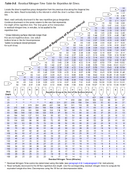 Screenshot 2023-05-25 at 10.08.12 AM.png453.1 KB · Views: 72
Screenshot 2023-05-25 at 10.08.12 AM.png453.1 KB · Views: 72 -
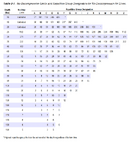 Screenshot 2023-05-25 at 10.08.01 AM.png219.4 KB · Views: 90
Screenshot 2023-05-25 at 10.08.01 AM.png219.4 KB · Views: 90



